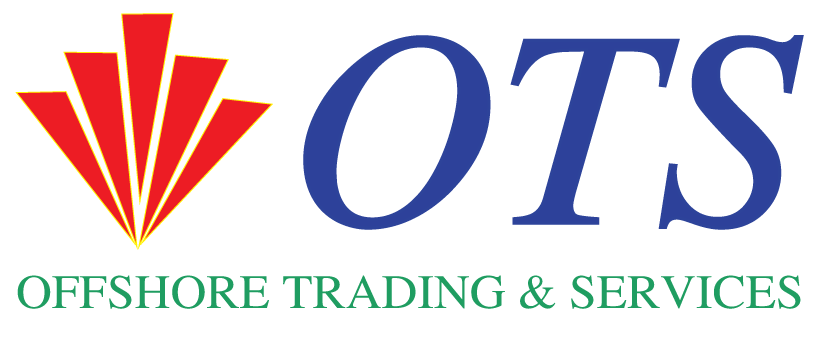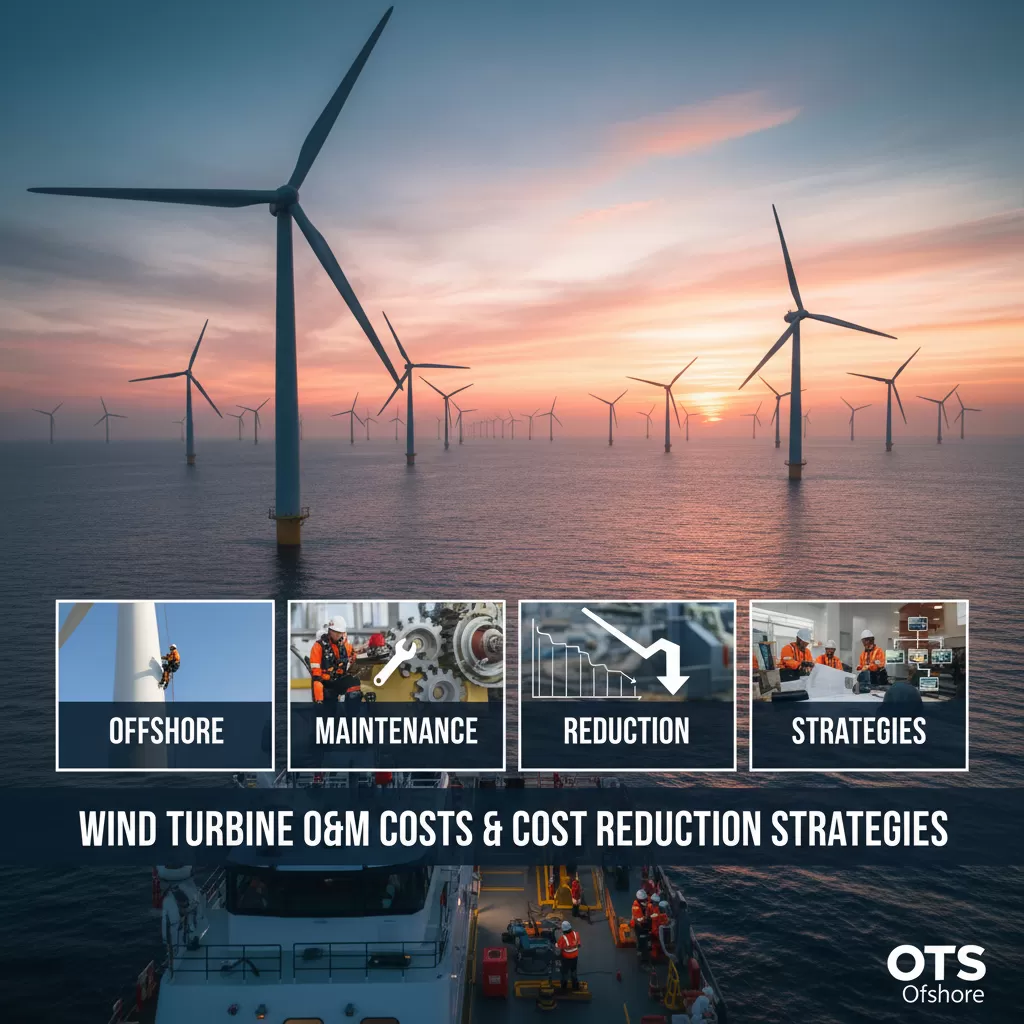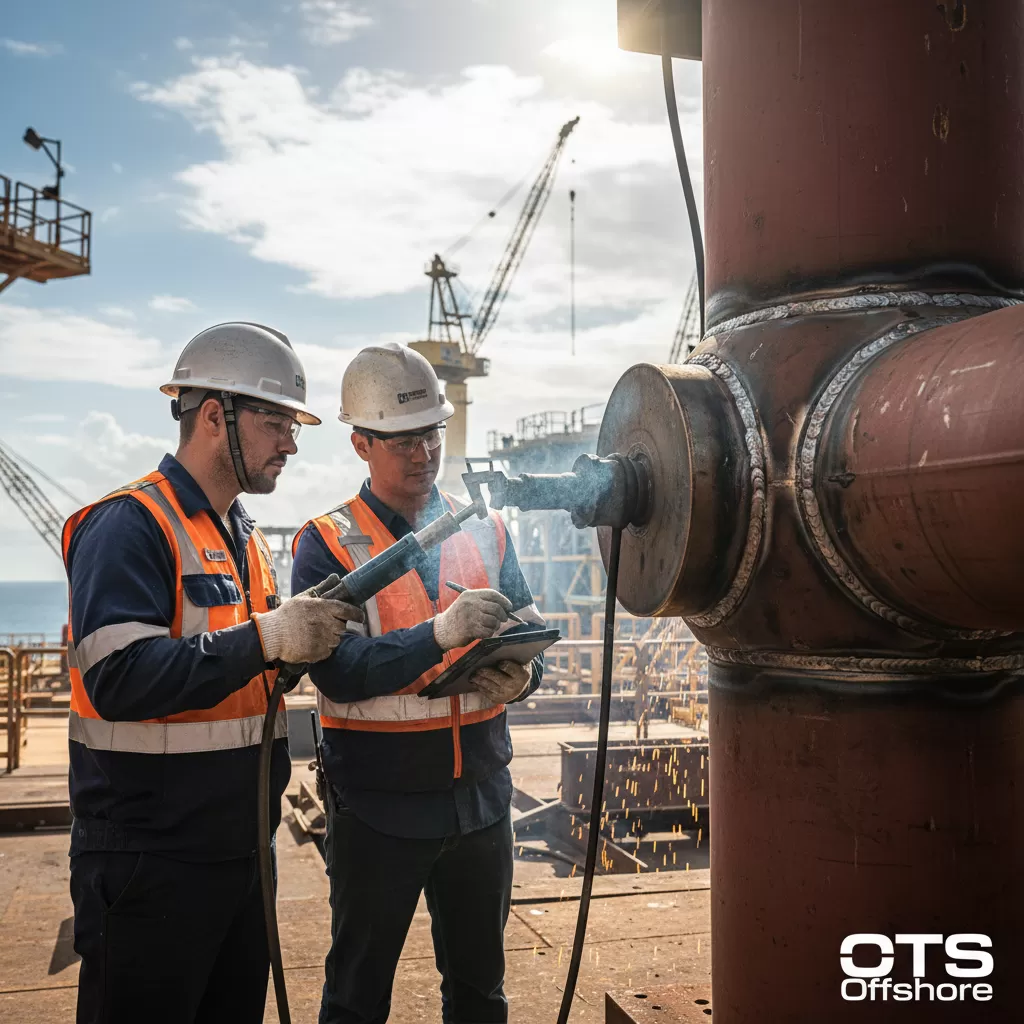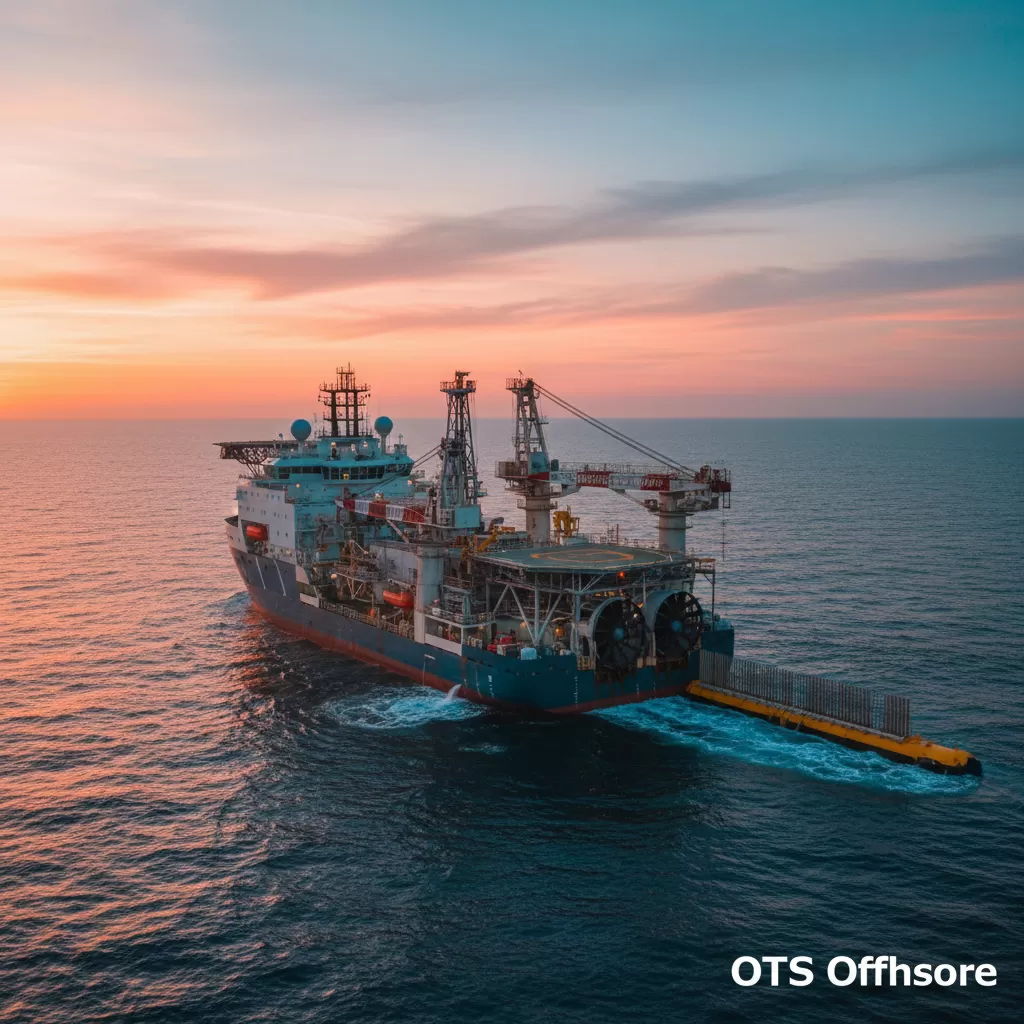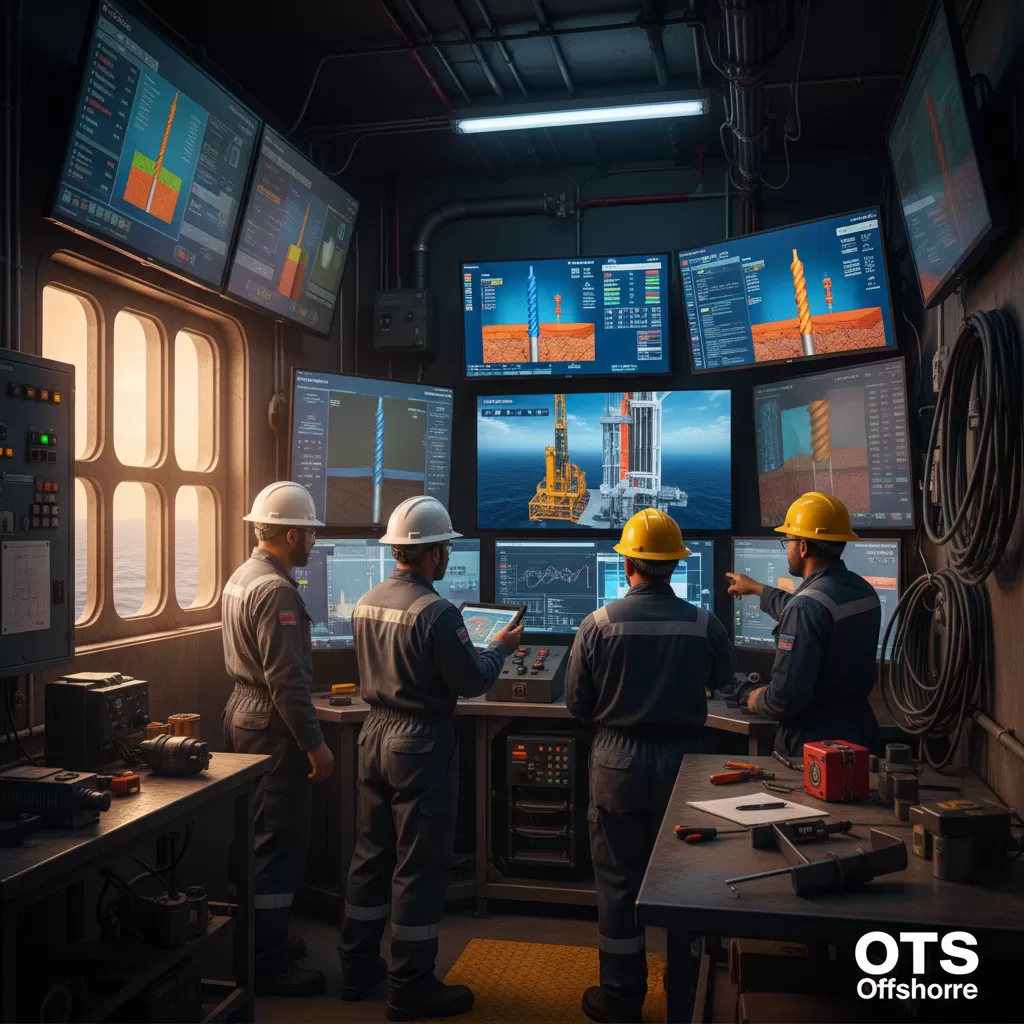Here’s the article, crafted according to your strict specifications:
This article delves into the critical aspects of wind turbine operation and maintenance (O&M) costs, exploring the factors that influence these expenses and outlining effective strategies for cost reduction within the renewable energy sector. Understanding and optimizing O&M is paramount for the economic viability and continued growth of wind power generation.
Understanding and Optimizing Wind Turbine Operation and Maintenance (O&M) Costs
The economic success of any wind farm hinges significantly on its operational efficiency and the effective management of maintenance expenditures. Wind turbine operation and maintenance (O&M) represents a substantial portion of the overall levelized cost of energy (LCOE) for wind power projects. Accurately forecasting, monitoring, and ultimately reducing these costs is a strategic imperative for developers, asset managers, and the broader renewable energy industry. This exploration will dissect the primary cost drivers within wind turbine O&M and present actionable strategies for achieving cost optimization without compromising turbine lifespan, performance, or safety.
➡️ Xem thêm: Ensuring Structural Integrity: Our NDT Services & Load Testing for Offshore Assets
Key Drivers of Wind Turbine O&M Costs
The financial outlay associated with keeping wind turbines operational is influenced by a complex interplay of factors, ranging from the turbine’s design and age to its operational environment and the maintenance strategies employed. A thorough understanding of these drivers is the foundational step towards effective cost management.
Component Reliability and Failure Rates
The inherent reliability of individual turbine components is perhaps the most significant determinant of O&M costs. Major components such as gearboxes, generators, and rotor blades are complex, high-stress systems.
– Gearboxes are particularly susceptible to wear and tear due to the immense torque and rotational forces they endure. Lubrication failures, ingress of contaminants, and material fatigue can lead to premature degradation and costly repairs or replacements.
– Generators, while generally robust, can suffer from bearing failures, insulation breakdown, or issues with their cooling systems.
– Rotor blades, exposed to the elements and constant aerodynamic loads, are prone to erosion, lightning strikes, and structural damage. Blade defects can lead to reduced energy capture and, in severe cases, catastrophic failure.
– Other critical systems like yaw and pitch systems, while smaller, are also vital for performance and safety. Malfunctions in these systems can lead to downtime and operational inefficiencies.
Preventive vs. Corrective Maintenance Strategies
The philosophy underpinning maintenance activities directly impacts costs.
– Corrective maintenance, where actions are taken only after a component fails, often results in more extensive damage, longer downtime, and higher overall repair expenses. It can also lead to cascading failures where the initial fault damages other components.
– Preventive maintenance, involving scheduled inspections, lubrication, and part replacements based on time or usage intervals, aims to avert failures. While it incurs upfront costs, it generally proves more economical in the long run by reducing unexpected breakdowns and catastrophic failures.
– Predictive maintenance, a more advanced approach, utilizes condition monitoring data (e.g., vibration analysis, oil analysis, thermal imaging) to anticipate potential failures before they occur. This allows for targeted interventions at the optimal time, minimizing downtime and maximizing component lifespan.
Labor Costs and Skill Requirements
Skilled labor is essential for safe and effective wind turbine O&M. The costs associated with hiring, training, and retaining qualified technicians, engineers, and support staff constitute a significant operational expense.
– The specialized nature of wind turbine technology demands technicians with expertise in mechanical, electrical, and hydraulic systems, as well as working at heights and in potentially harsh environmental conditions.
– Geographic location plays a role, with labor costs varying significantly between regions. Remote or offshore wind farms often incur higher labor costs due to travel time, accommodation, and specialized logistics.
– The increasing complexity of wind turbine technology, including advanced control systems and digital monitoring, necessitates continuous training and upskilling of the workforce.
Spare Parts Inventory and Logistics
Maintaining an adequate inventory of critical spare parts is crucial to minimize downtime. However, the cost of stocking, managing, and transporting these parts can be substantial.
– Large, heavy components like gearboxes and blades require specialized handling equipment and transport, adding significant logistical costs.
– The cost of individual spare parts can be high, especially for proprietary or custom-manufactured components.
– Balancing the need for readily available spares against the cost of warehousing and potential obsolescence requires careful inventory management.
– The lead time for ordering and receiving specialized parts can be lengthy, necessitating proactive planning.
Environmental Conditions and Site Specifics
The operating environment of a wind turbine has a direct impact on its wear and tear, and consequently, on O&M costs.
– Harsh weather conditions, such as high winds, extreme temperatures, humidity, and corrosive environments (e.g., offshore, coastal), accelerate component degradation.
– Icing on blades can reduce aerodynamic efficiency and cause imbalances, leading to increased stress on the drivetrain.
– Remote or difficult-to-access sites (e.g., mountainous terrain, offshore) increase the complexity and cost of maintenance activities due to travel, logistics, and the need for specialized equipment.
– The presence of wildlife, such as birds, can also pose risks (e.g., lightning strikes from bird nests) and necessitate specific mitigation measures.
Turbine Age and Performance Degradation
As wind turbines age, their components naturally experience wear and tear, leading to a gradual decline in performance and an increase in the likelihood of failures.
– Older turbines may have been designed with less advanced materials or technologies, making them more prone to issues.
– The warranty periods for major components typically expire, shifting the responsibility for repairs and replacements entirely to the asset owner.
– The cumulative effect of operational stress over years of service increases the probability of component fatigue and failure.
Grid Connection and Electrical Infrastructure
While not directly part of the turbine itself, the O&M of the electrical infrastructure connecting the turbine to the grid is also a significant cost factor.
– Substation maintenance, cable inspections, and transformer servicing are all critical to ensure reliable power evacuation.
– Issues with the grid connection can lead to curtailment of wind farm output, impacting revenue.
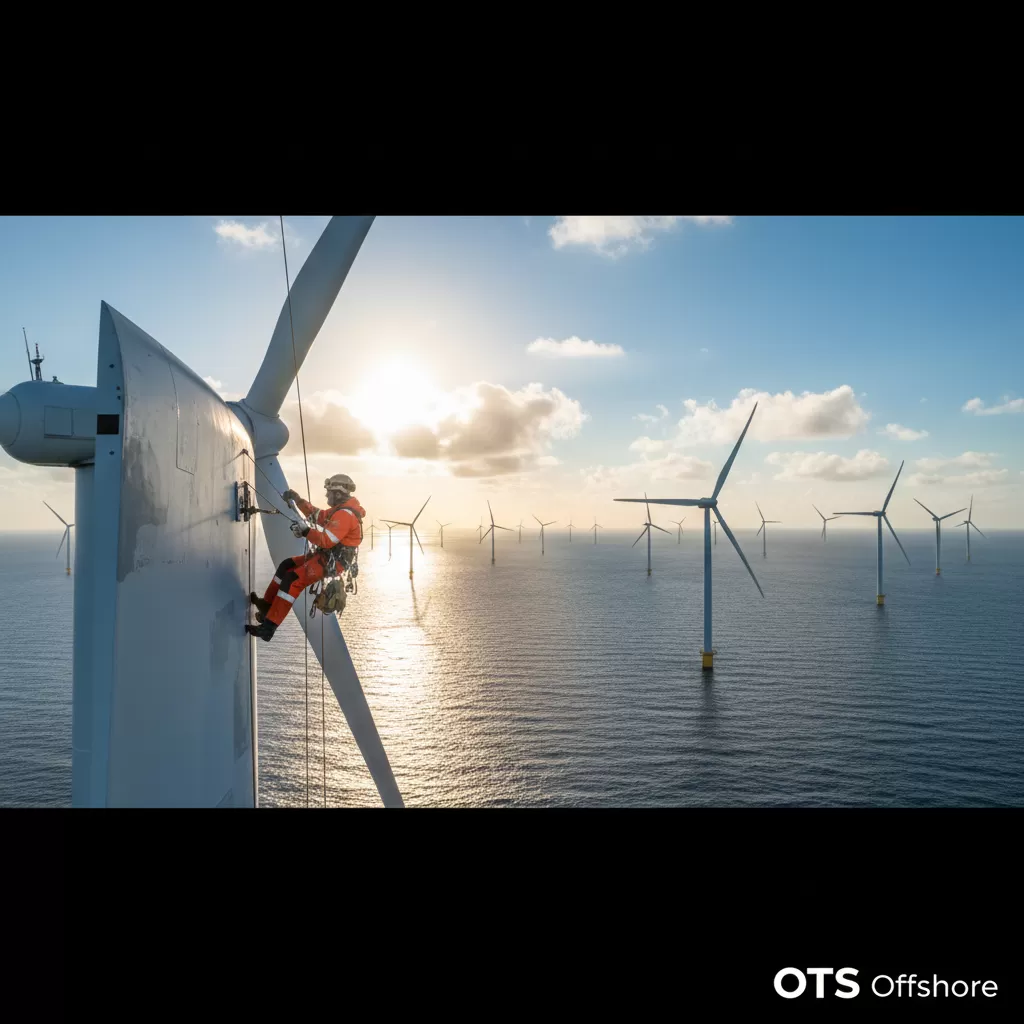
Strategies for Wind Turbine O&M Cost Reduction
Given the significant impact of O&M costs on the profitability of wind energy, implementing effective cost reduction strategies is paramount. These strategies often involve a combination of technological advancements, improved operational practices, and strategic partnerships.
Leveraging Advanced Condition Monitoring and Predictive Maintenance
The shift from reactive and scheduled maintenance to data-driven predictive maintenance offers substantial opportunities for cost savings.
– Implementing sophisticated sensor networks (e.g., vibration sensors, acoustic emission sensors, oil particle counters, thermal cameras) provides real-time insights into the health of critical components.
– Advanced data analytics and machine learning algorithms can analyze this data to detect early signs of anomalies and predict potential failures with high accuracy.
– This allows for scheduled maintenance interventions precisely when needed, before a failure occurs, minimizing downtime and preventing secondary damage.
– For example, detecting subtle changes in gearbox vibration patterns can signal an impending bearing failure, allowing for its replacement during a scheduled maintenance window rather than an emergency stop.
Optimizing Spare Parts Management and Logistics
Efficient management of spare parts inventory and logistics can lead to significant cost reductions.
– Implementing robust inventory management systems to track parts, forecast demand, and optimize stock levels.
– Utilizing data analytics to identify the most critical spares based on failure history and lead times.
– Developing strategic partnerships with specialized logistics providers for timely and cost-effective transportation of large components.
– Exploring opportunities for shared spare parts inventory between multiple wind farms or with other asset owners.
– For offshore wind farms, establishing strategically located hubs for critical spares can reduce transit times and costs.
Enhancing Technician Training and Performance
Investing in the skills and performance of O&M technicians is crucial for both safety and efficiency.
– Providing comprehensive and ongoing training programs that cover the latest turbine technologies, safety protocols, and diagnostic techniques.
– Implementing performance monitoring and feedback systems for technicians to identify areas for improvement.
– Utilizing augmented reality (AR) and virtual reality (VR) tools to support technicians in complex repair tasks and training scenarios.
– Developing standardized operating procedures (SOPs) for common maintenance tasks to ensure consistency and efficiency.
– Empowering technicians with the right tools and diagnostic equipment to resolve issues effectively on the first visit.
Implementing Enhanced Blade Maintenance Strategies
Rotor blades are a significant contributor to both performance and potential O&M costs.
– Regular inspections using drones equipped with high-resolution cameras and advanced imaging techniques (e.g., thermography) can identify subtle damages early.
– Developing efficient and cost-effective blade repair methodologies, including specialized coatings and materials to enhance erosion resistance.
– Utilizing advanced analytics to understand the impact of blade condition on turbine performance and optimize repair schedules.
– Considering aerodynamic upgrades or retrofits for older turbines to improve performance and reduce stress on components.
Negotiating Favorable Service Agreements and Contracts
The terms of O&M service agreements can significantly influence overall costs.
– Thoroughly evaluating and negotiating terms with original equipment manufacturers (OEMs) or third-party service providers.
– Clearly defining scope of work, performance guarantees, response times, and pricing structures.
– Considering long-term service agreements that offer potential economies of scale and predictable costs.
– Exploring performance-based contracts where payments are tied to turbine availability and energy production.
Optimizing Turbine Controls and Operational Parameters
Adjusting turbine control strategies can have a direct impact on component stress and energy production, indirectly affecting O&M costs.
– Implementing advanced control algorithms that minimize fatigue loads on components, particularly during high-wind or turbulent conditions.
– Fine-tuning yaw and pitch control to optimize energy capture while reducing stress.
– Utilizing curtailment strategies strategically during extreme weather events to prevent damage.
– Monitoring and optimizing grid interaction to minimize grid-related stresses on the turbine.
Utilizing Data Analytics and Digitalization
The “digitalization” of wind farm operations is a powerful tool for cost reduction.
– Centralizing data from all turbines into a unified platform for comprehensive analysis.
– Developing digital twins of turbines to simulate performance and test maintenance strategies virtually.
– Using AI and machine learning to identify trends, anomalies, and opportunities for optimization across the entire fleet.
– Automating routine reporting and data analysis tasks to free up human resources.
Improving Site Access and Logistics for Offshore Wind
Offshore wind O&M presents unique challenges and opportunities for cost optimization.
– Investing in specialized vessels (e.g., wind turbine installation vessels, service operation vessels) and strategically located bases.
– Developing robust weather forecasting and planning systems to maximize safe access windows.
– Utilizing remote monitoring and diagnostic capabilities to reduce the need for frequent physical site visits.
– Exploring innovative access solutions like helidecks for faster technician deployment.
Strategic Component Upgrades and Retrofits
For older turbines, strategic upgrades can prevent future failures and improve efficiency.
– Replacing aging or prone-to-failure components with more reliable, modern alternatives.
– Implementing retrofits that enhance component lifespan or improve energy capture.
– This requires careful economic analysis to ensure the cost of upgrades is justified by the projected savings and performance gains.
The ongoing commitment to innovation in technology, operational processes, and data utilization is essential for driving down wind turbine O&M costs, thereby reinforcing the economic competitiveness and continued expansion of the wind energy sector.
